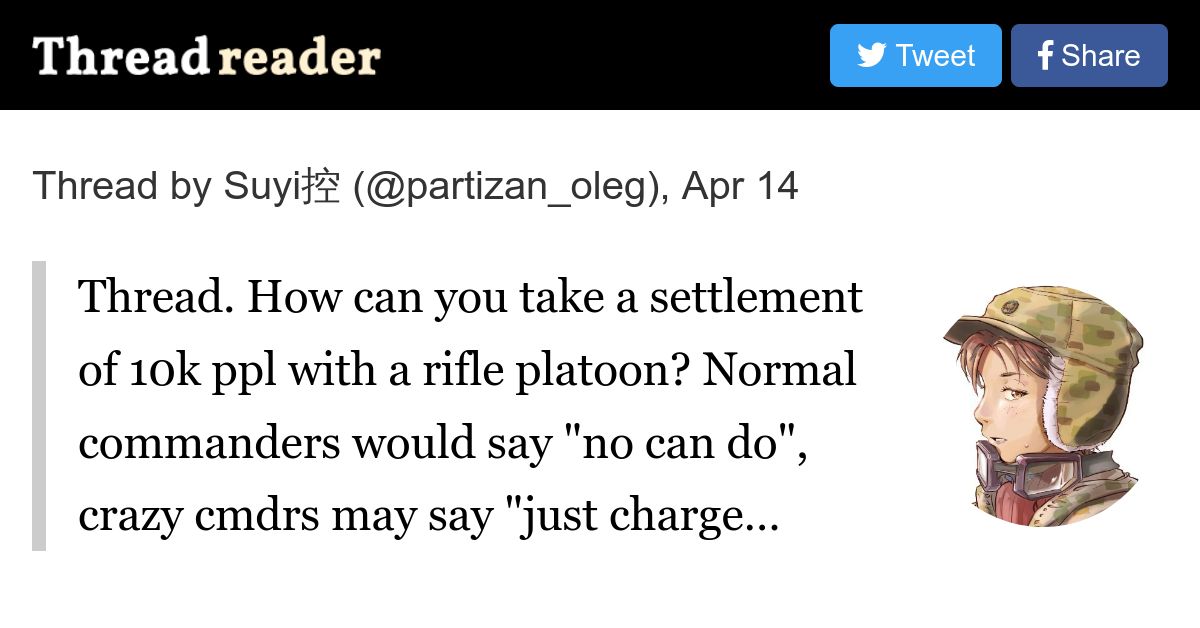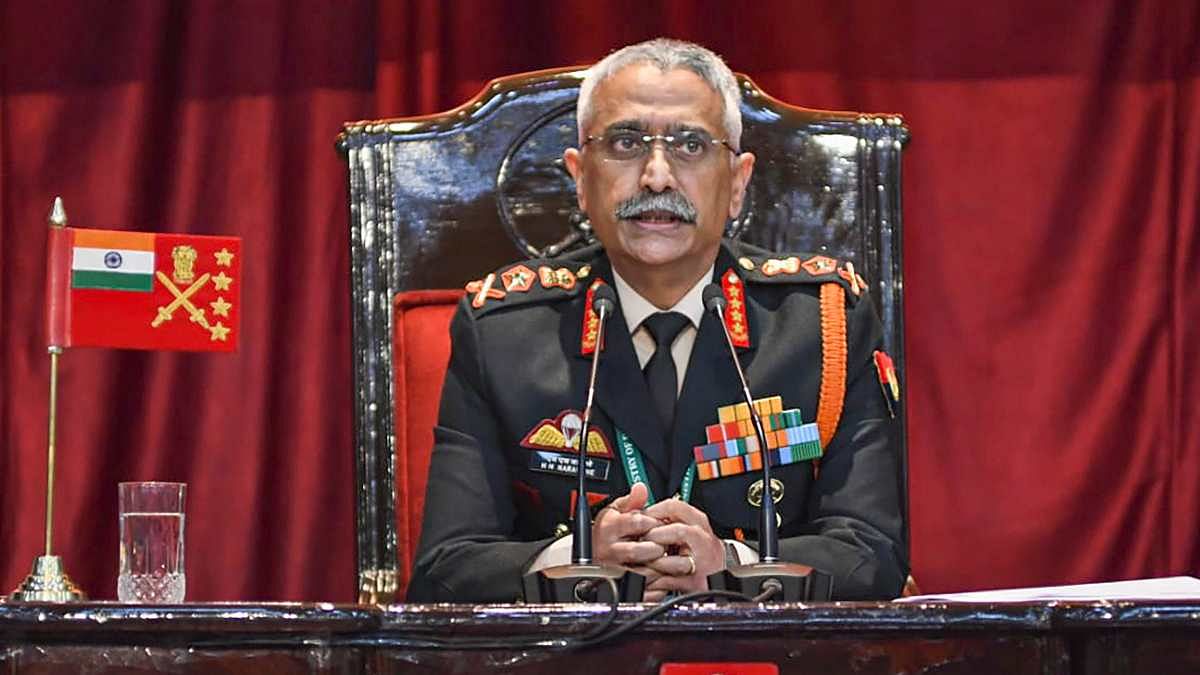The answer lies in tactics. Human agency can provide the ‘brain power’ to counter technological superiority. The new CDS will have a lot of thinking to do.

theprint.in
The images of destroyed tanks in the Ukraine war have rekindled the global debate on the survivability of the tank in the battlefield. In March 2020, Gen Manoj Mukund Naravane, the Chief of Army Staff, said that in the context of the changing character of warfare, the icons of the 20th century such as main battle tanks and fighter aircraft are on their way out and the battle-winning factor in future may not be numerical equivalence but technological superiority.
In December 2020, the wheeled Armoured Fighting Vehicle (AFV) was
included in the import embargo list of weapons/platforms. In June 2021, the Army sought a Request for Information (RFI) aimed to procure 1,700 Future Ready Combat Vehicles (FRCVs) and canceled its 2017 Request for Proposal (RFP). In the acquisition process, the RFP follows the completion of the RFI stage. In March 2022, the Narendra Modi government approved the development of light tanks under the Make in India category of the Defence Procurement Procedure (DAP) 2020. It was an initiative for their use on the northern borders.
The flurry and speed of initiatives for the procurement of tanks reflect a reaction to the Chinese threat on the northern borders. But it also points to the follow up of the COAS highlighting the need for diverse capabilities that are crucial to achieving technological superiority.
The bulk of the current inventory of Russian-origin T-72 and T-90 tanks is outdated in technological terms, especially with regard to their mobility, protection, and firepower. Mobility is impacted by their weight category of 46 to 48 tonnes. The enhanced need for protection and firepower is reflected in the requirements laid down for the FRCVs. It is expected that the enhanced functions should be able to get the better of adversary’s tanks, armored vehicles, unmanned aerial vehicles (UAV), and destroy or deter helicopters.
For sure, both the FRCVs and the light tanks will take time to arrive and the process could, optimistically, take up to the late 2020s. Till then, concerns about technological inferiority will continue in the military confrontation with China. It spans a range of military capabilities relating to warfare on land, air, and sea. India will have to make do with its current inventory of tanks and most other major platforms. The question is — what should be done till then as the threat, especially on the northern borders, will not wait till the fielding of the future tanks or other platforms?
The answer lies in the domain of tactics that can provide a path to compensate for technological inferiority. The soundness of tactics lies in the human agency that can provide the ‘brain power’ and human spirit to overcome technological superiority.
Also read: Should India insist on large warships after sinking of Russia’s Moskva? The lesson not to take
Look north
The need is to fill a time gap of unknown duration through tactics that exploit the vulnerabilities of the tanks and armored vehicles deployed. In Ladakh, the terrain is bereft of cover, and similar is the case in most parts of the north. The greatest vulnerability, especially for China’s frontline mechanised elements, is the combination of the ground and air threats. As a stop-gap, for the defender, the ground threat can be generated by foot mobile fire bases, which leverage terrain and are operated by numerous roving bands in very small infantry-based groups, including special forces.
Wherever possible, small groups of soldiers can also be motorised and this may require the lifting of the import ban on wheeled AFVs due to time constraints, unless indigenous procurement capability delay is acceptable. It will also involve making organisational changes, which is always a major challenge. The change in tactics could offset technological superiority, especially if brainpower, organisational flexibility, and leadership drive operational performance.
Admittedly, such a change in tactics is only an illustration, and surely the ‘brains’ on the ground would conjure better options. On the battlefield, the big is also vulnerable to the small. Notably, human agency and technology can also be on the side of the small.
Not without joint deliberations
But a change in tactics involves the co-option of other branches of the Army as well as the other Services. Strengthening jointness is a necessary condition for changes in tactics. The change has to come about after joint inter-Service and intra-Service deliberations at various levels are carried out. Jointness was one of the main drivers of the reforms that created the Chief of Defence Staff (CDS) post and brought about other structural changes, including the Department of Military Affairs and the post of the permanent Chairman Chiefs of Staff Committee. Strengthening jointness was to come through the creation of the Joint/Integrated Commands. The creation of such commands is a significant defence reform.
The untimely demise of Gen Bipin Rawat, India’s first CDS, in mid-December 2021 and the non-appointment of his replacement would surely have slowed down many of the initiatives that were underway. Technological superiority is equipment-based. In equipping, the fundamental issue is that the timeline of procurement decisions maturing to deployed systems is often unpredictable. The current inventory must provide the planning coordinates for field commanders at all levels. They must, in different configurations, put their heads together and look for a change of tactics in identified areas to offset technological superiority.
The debate on the future of the tank that has been provoked by the Ukraine war carries a message for the Indian military. The ultimate battle-winning factor is human agency and not technological superiority. The political leadership must take responsibility for the deferred appointment of the CDS, a major reform that was its own initiative. This is unless they believe that India’s geopolitical situation permits time for defence reform to await the arrival of the requisite personality by way of seniority. If that is the case, the move is inexplicable, for the Modi government is already empowered to set seniority aside. It is a power that was used when appointing Gen Rawat as COAS. Only the future may indicate the costs of delay in the appointment of his successor.
If hearsay has a role, one believes that the wait for the CDS will soon be over. Lost time cannot be recovered, but lost mental ground can be, and ‘putting the heads together’ can help. We urgently need viable solutions to determine the changes, if any, in the execution of our operational plans in times of peace and war. The new CDS has a lot of thinking to do. Let us wish him luck whoever he may be.
Lt Gen (Dr) Prakash Menon (retd) is Director, Strategic Studies Programme, Takshashila Institution; former military adviser, National Security Council Secretariat. He tweets @prakashmenon51. Views are personal.




